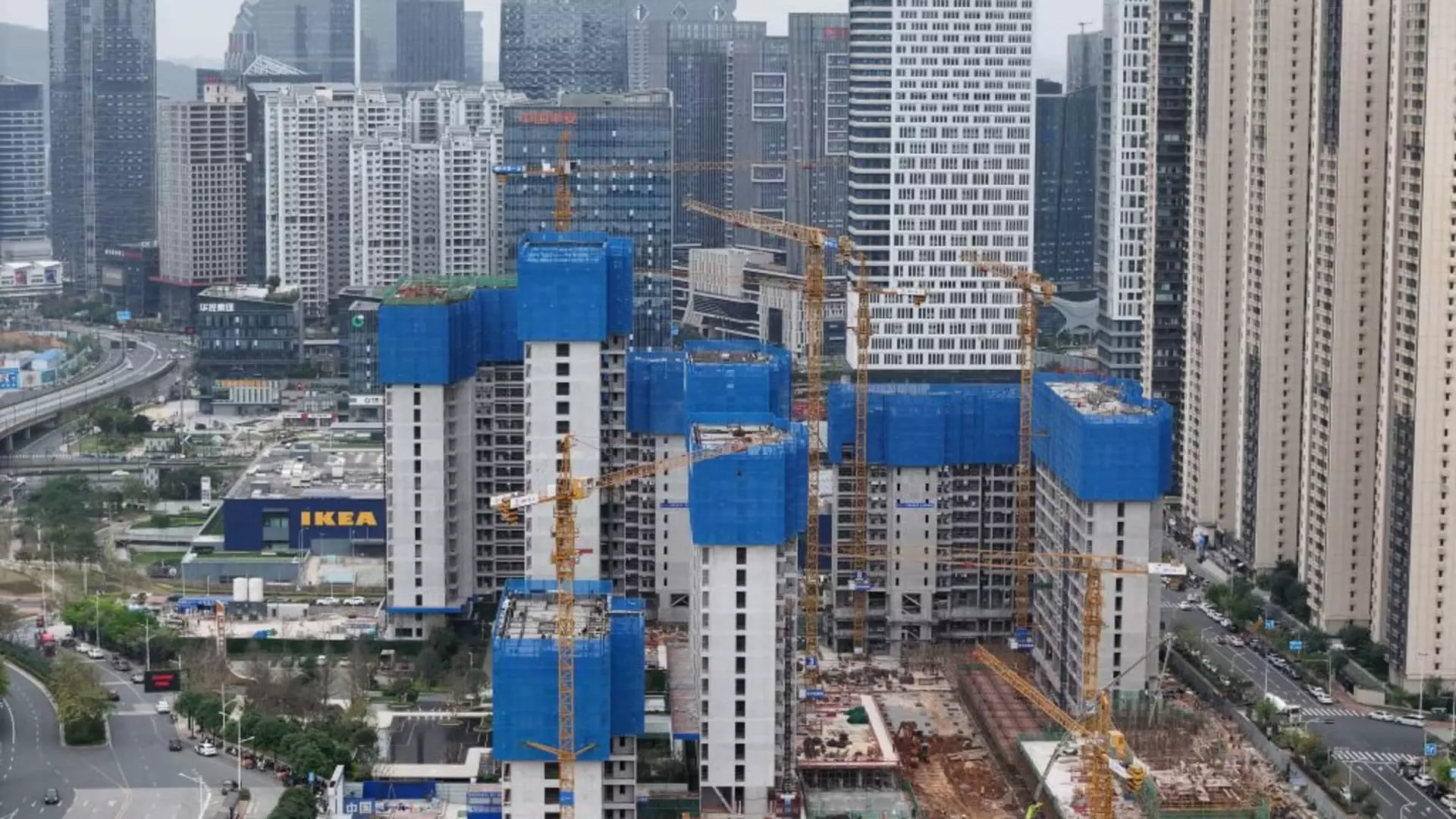The fiscal stimulus measures implemented by China are losing their efficacy, according to a report by S&P Global Ratings senior analyst Yunbang Xu. The analysis indicates that the primary objective of the fiscal stimulus is to buy time for the implementation of industrial and consumption policies. Xu pointed out that while fiscal stimulus may serve as a temporary strategy, its long-term benefits depend on the focus of the projects, such as reviving consumption or facilitating industrial upgrades to increase value-added benefits.
China’s target of achieving 5% GDP growth this year has been deemed ambitious by many analysts, given the scale of the announced stimulus packages. The head of China’s top economic planning agency emphasized the need to strengthen macroeconomic policies and enhance coordination across various sectors, including fiscal, monetary, employment, industrial, and regional policies. However, the effectiveness of fiscal stimulus is constrained by high debt levels, which vary significantly among different regions in China.
Regional Disparities in Fiscal Capacity
The S&P report highlighted the limitations faced by local governments in undertaking fiscal stimulus, regardless of whether they are situated in high-income or low-income regions. The disparity in debt levels is substantial, with high-income cities like Shenzhen having a much lower public debt-to-GDP ratio compared to low-income cities like Bazhong in southwestern Sichuan province. As a result, local governments are expected to prioritize efforts to reduce bureaucratic hurdles and enhance the business environment to support long-term growth and living standards.
The report also noted a shift in investment trends, with fixed asset investment picking up in the manufacturing sector but slowing in infrastructure projects. Investment in real estate experienced a notable decline, reflecting the challenges faced by the property sector. In response, the Chinese government rolled out initiatives to boost domestic demand through subsidies and incentives for equipment upgrades and consumer product trade-ins. These measures are projected to generate significant annual spending on equipment, with strong support from the central government.
Data from 2020 to 2022 indicated that local governments in wealthier cities have been more proactive and effective in implementing fiscal stimulus measures. The report emphasized the significance of industry, consumption, and investment as key drivers of China’s economic growth in the foreseeable future. Higher-tech sectors are expected to play a pivotal role in driving China’s industrial upgrade and sustaining long-term economic growth, according to Xu.
While China’s fiscal stimulus may be losing its effectiveness in the short term, strategic investments in consumption and industrial upgrades could yield long-term benefits for the economy. The regional disparities in fiscal capacity underscore the need for targeted policies to support growth across different regions. By focusing on sustainable growth drivers and leveraging technological advancements, China can navigate the challenges posed by diminishing fiscal stimulus efficacy and achieve resilient economic expansion.

Leave a Reply